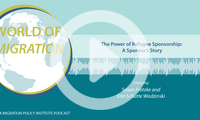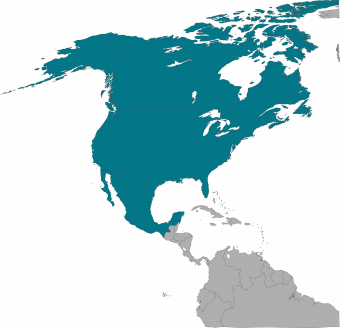North America
Recent Activity

Coordination and communication among key stakeholders in the resettlement network have never been more critical. This conversation focuses on how consultation supports capacity building and where it can, at times, fall short.

White House and Department of Health and Human Services officials join a leading language access advocate and MPI's Margie McHugh in a conversation exploring executive-branch efforts related to language access provision, upcoming actions, and opportunities to improve the provision of information and services in languages other than English in federal programs.

How is refugee resettlement evolving? As more countries turn to private or community sponsorship, MPI speaks with Erin Schutte Wadzinski, who leads one of the pioneering private sponsorship groups in Worthington, Minnesota, under the Welcome Corps initiative.
The 20th annual Immigration Law and Policy Conference, organized by MPI, Catholic Legal Immigration Network, Inc., and Georgetown University Law Center, features fresh, thoughtful policy and legal analysis, and discussion of some of the top immigration issues by leading government officials, attorneys, researchers, advocates, and other experts.
As the U.S. immigration court system struggles with record case backlogs, decisions take years, immigration enforcement is delayed, and wait times incentivize unauthorized arrivals. This discussion examines the factors that have driven the system to the point of crisis and possible fixes.
























Canada's New Tech Talent Strategy Takes Aim at High-Skilled Immigrants in the United States
Canada’s Tech Talent Strategy is highly unusual for its explicit targeting of visa holders in another country. Opening a dedicated stream specifically for high-skilled immigrants in the United States who hold an H-1B visa is the latest salvo in a growing global competition for talent—one in which some countries are racing ahead of the United States in terms of policy dynamism, as this commentary explores.